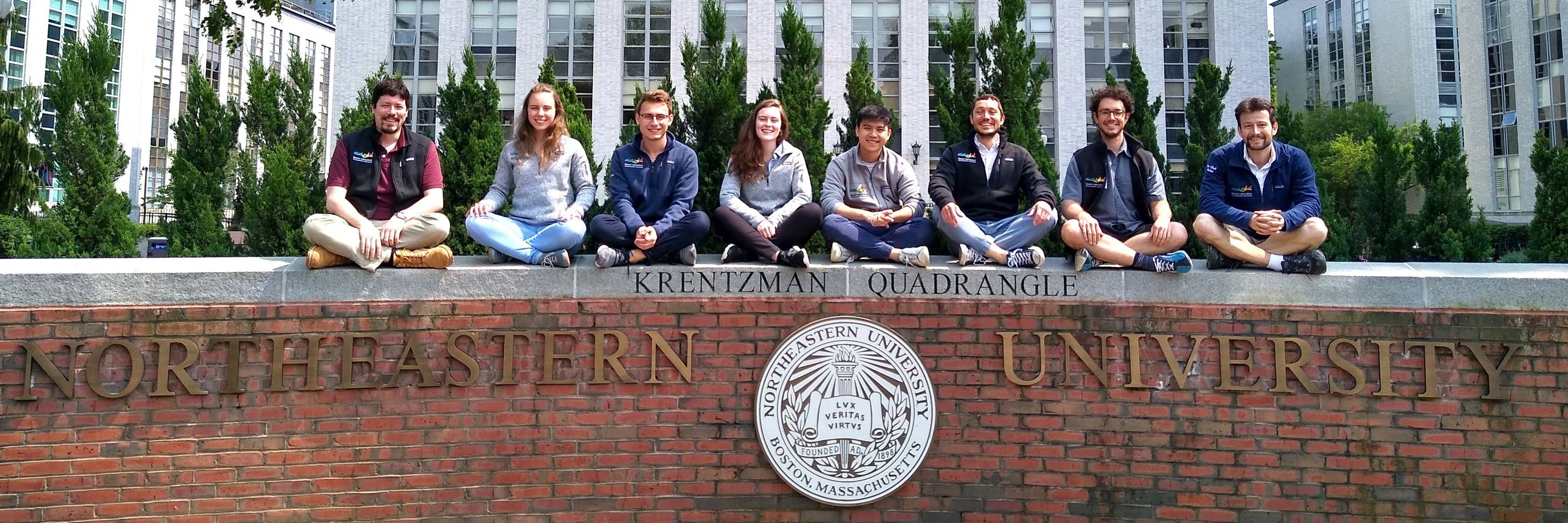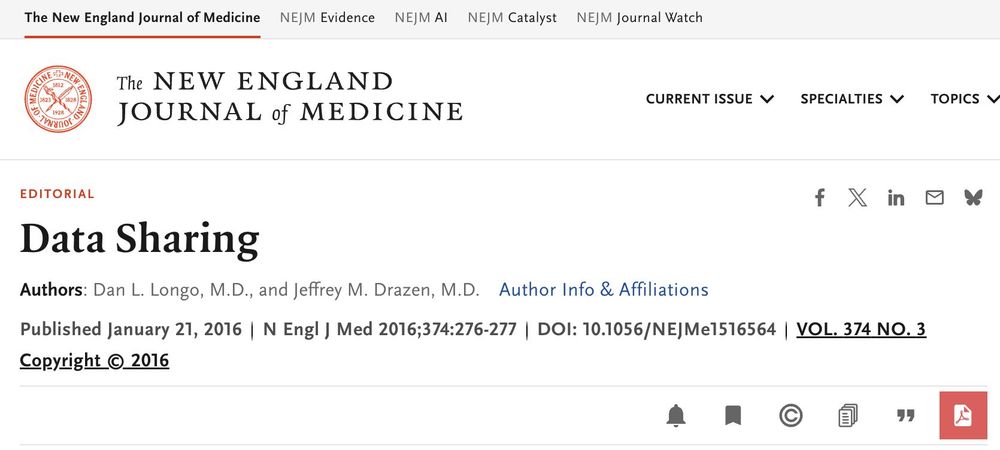
https://nikolai.slavovlab.net
Working largely outside established academic structures, Mitchell and colleagues reimagined oxidative phosphorylation from first principles and reshaped biology and biomedical research for generations to come.
Working largely outside established academic structures, Mitchell and colleagues reimagined oxidative phosphorylation from first principles and reshaped biology and biomedical research for generations to come.
Quote:
" ... people who had nothing to do with the design and execution of the study but use another group’s data for their own ends ... even use the data to try to disprove what the original investigators had posited."
2/2

Quote:
" ... people who had nothing to do with the design and execution of the study but use another group’s data for their own ends ... even use the data to try to disprove what the original investigators had posited."
2/2
High-resolution quantitative profiling of tRNA abundance and modification status in eukaryotes by mim-tRNAseq
2/2
www.cell.com/molecular-ce...

High-resolution quantitative profiling of tRNA abundance and modification status in eukaryotes by mim-tRNAseq
2/2
www.cell.com/molecular-ce...


quantamagazine.org/plants-find-... via
@quantamagazine.bsky.social
quantamagazine.org/plants-find-... via
@quantamagazine.bsky.social
Then, faithfully representing the data is at odds with finding simple explanations.
“𝐸𝑣𝑒𝑟𝑦𝑡ℎ𝑖𝑛𝑔 𝑠ℎ𝑜𝑢𝑙𝑑 𝑏𝑒 𝑚𝑎𝑑𝑒 𝑎𝑠 𝑠𝑖𝑚𝑝𝑙𝑒 𝑎𝑠 𝑝𝑜𝑠𝑠𝑖𝑏𝑙𝑒, 𝑏𝑢𝑡 𝑛𝑜 𝑠𝑖𝑚𝑝𝑙𝑒𝑟”
3/n
Then, faithfully representing the data is at odds with finding simple explanations.
“𝐸𝑣𝑒𝑟𝑦𝑡ℎ𝑖𝑛𝑔 𝑠ℎ𝑜𝑢𝑙𝑑 𝑏𝑒 𝑚𝑎𝑑𝑒 𝑎𝑠 𝑠𝑖𝑚𝑝𝑙𝑒 𝑎𝑠 𝑝𝑜𝑠𝑠𝑖𝑏𝑙𝑒, 𝑏𝑢𝑡 𝑛𝑜 𝑠𝑖𝑚𝑝𝑙𝑒𝑟”
3/n
2/n
youtu.be/nIB-WjWzDSc?...

2/n
youtu.be/nIB-WjWzDSc?...



